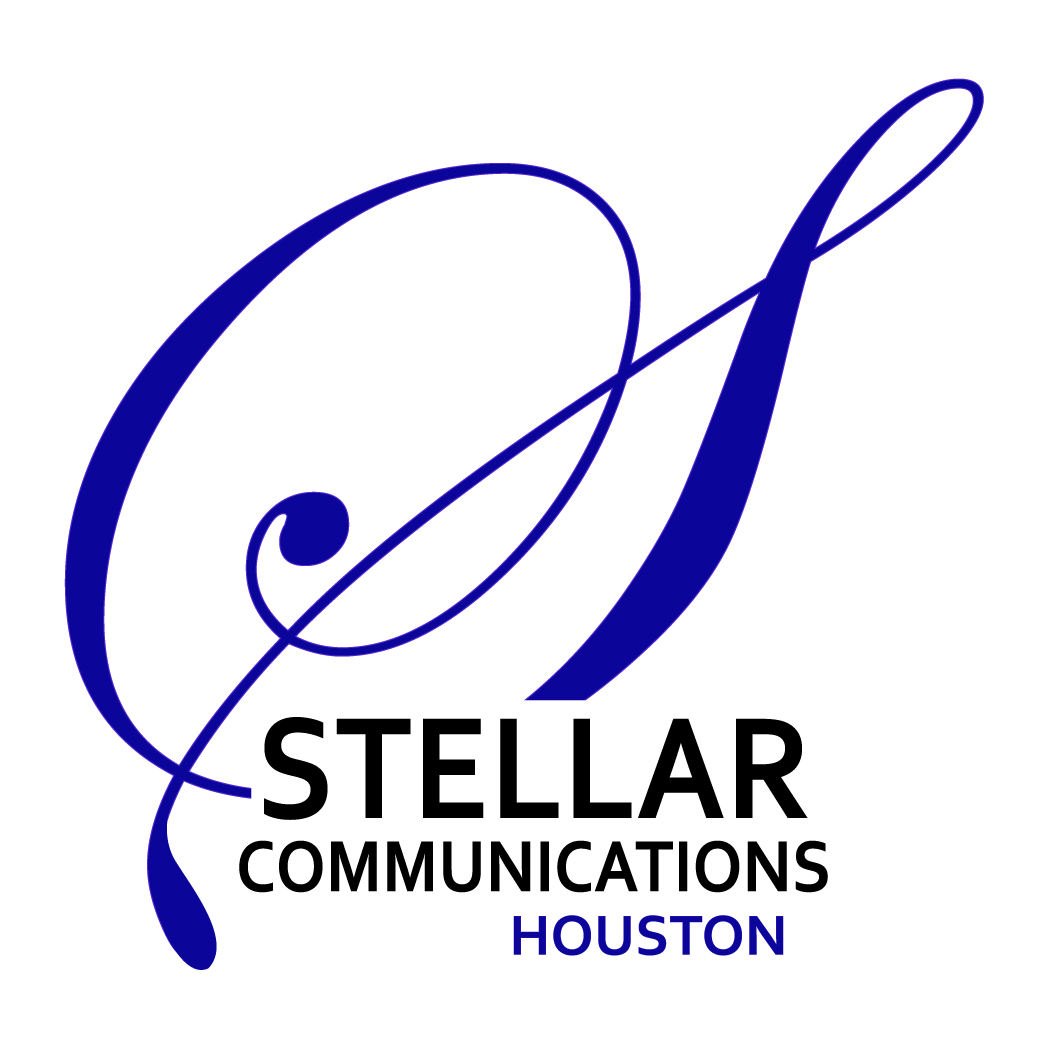Someone liked one of my authors’ books so much that he tracked me down this week and requested a book order. He had been loaned the autobiography by a friend and was impressed by the lessons on leadership and corporate governance penned by the now-retired businessman. He wanted to order copies for his sons.
One hitch: The book isn’t enabled for distribution.
Distribution means that your book is shared with the world. It’s a process of getting print books and e-books into the hands of readers. It involves distributors, retailers, ISBNs, metadata, and pricing. It may also involve marketing copy, LCCNs, U.S. copyright registration, and more.
Distribution is a complex system that is possible for self-published authors through print-on-demand technology. Today, self-published books are available alongside traditionally published books on Amazon and Barnes & Noble. Self-published books are distributed to more than 40,000 retailers, libraries, schools, and universities around the world.
The main pros of distribution are ease, wider reach, and professionalism. If you hope to reach a family member, friend, or colleague who wants the book but cannot easily purchase one directly from you, then clicking on Amazon makes it easy for both of you. You don’t have the deal with shipping or sales tax. Amazon handles all of that for you.
Also, Amazon allows your book to be searchable and available to new readers you wouldn’t otherwise reach. This matters if you intend to market your book to a broader audience outside your circle of influence. An Amazon listing shows that your book is treated with the professionalism of a traditionally-published book.
With the world at our fingertips, why would authors not choose distribution? You may be surprised at the number of authors who opt to keep their books private. Their reasons vary . . .

Most often, it’s authors of family histories or autobiographies who see no market for their books beyond their family and friends. Their goal is simply to leave a legacy. They don’t want to share royalties with an online retailer when they can get their books to their readers themselves. Retailers take 40% to 55% of an author’s royalties.
Sometimes it’s leaders who are focused on internal corporate communication. They want to educate their teams, celebrate milestones, or create gifts for longtime clients. Their goal is to communicate with their people, not the world.
Authors may also opt out of distribution if they want a certain quality or design that print-on-demand technology cannot achieve. They may want thick, glossy pages or large, oversized coffee-table books that only offset printers can provide. Their goal is quality rather than accessibility.
Occasionally, authors don’t distribute books when there’s concern for backlash. They may publish the “whole story” privately then distribute abridged versions. Their goal is to tell a story without inviting scrutiny.
My authors have chosen to distribute – and not distribute – for all of these reasons. The decision on who can access their books rests with them, including my author whose book is requested this week. Whether or not the book order is approved is up to him.
That’s the power of self-publishing!
